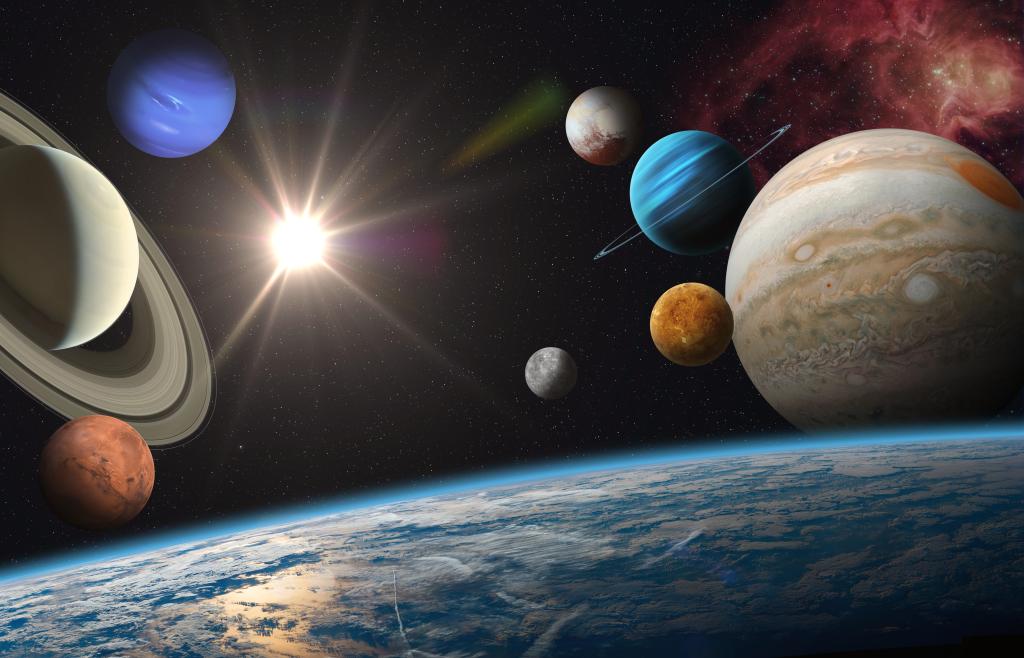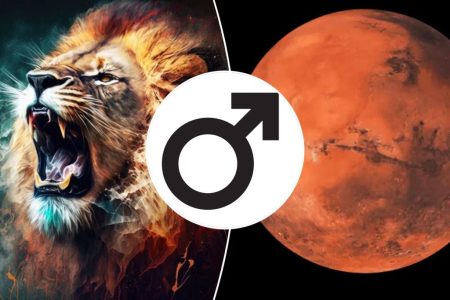A rare planetary alignment featuring Mercury, Mars, Jupiter, Uranus, Neptune, and Saturn will be visible on the night of August 28th. This event will be best viewed in the early morning just before sunrise and could also include the moon depending on cloud coverage. A planetary alignment occurs when two or more planets align in the sky, with larger alignments being rarer and more significant.
This alignment will be upgraded to a planetary parade due to having five or more planets in close proximity in the sky. While not an official astronomical term, a planetary parade is used to describe this phenomenon with a touch of whimsy. The planets will not form a straight line but will appear scattered at different depths, distances, and positions across the sky.
The best time to view the planetary parade will be about an hour before sunrise on August 28th, with Saturn appearing first, followed by Neptune and Uranus, and finally Jupiter and Mars near the moon. The planets will be visible to the naked eye, but Neptune and Uranus may require a telescope or high-powered binoculars to see clearly. Different planets will be visible at different times and will appear in varied colors.
To ensure you are looking at a planet and not a star, pay attention to the brightness and whether or not the object twinkles. Planets will not twinkle like stars, and using an astronomy app like Starwalk can help you identify the planets in the night sky. After this week’s alignment, the next planetary alignment is set to occur on January 18, 2025, with six planets visible together, followed by another alignment on February 28, 2025, with seven planets visible.
For those interested in exploring astrology further, astrologer Reda Wigle offers readings and insights on planetary configurations and their influence on zodiac signs. Her horoscopes combine history, poetry, pop culture, and personal experiences to provide a unique perspective on astrology. For more information or to book a reading, visit her website for additional insight into the stars and planets.















